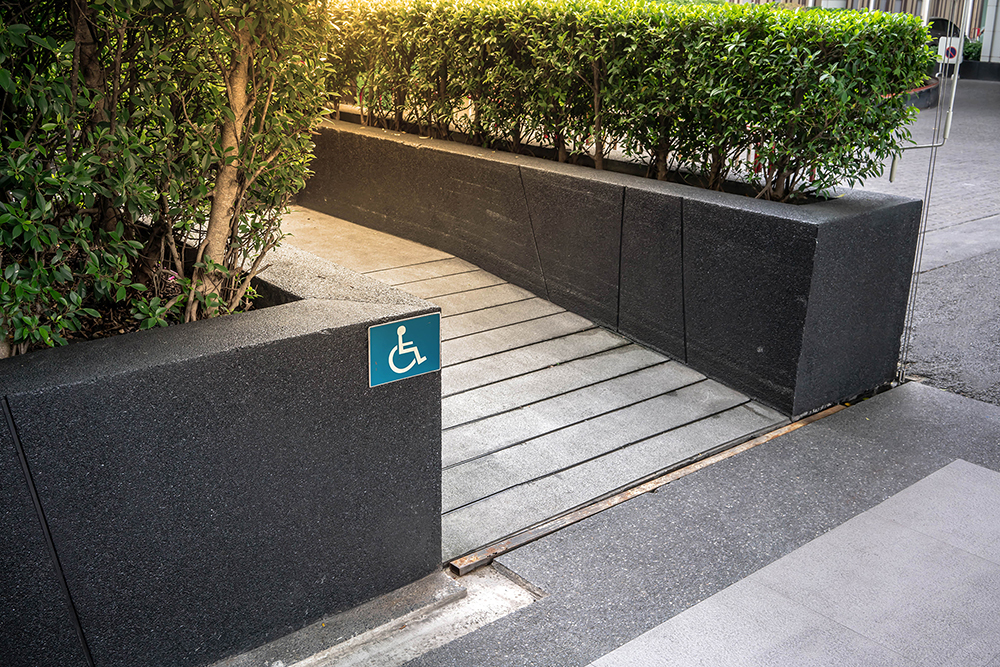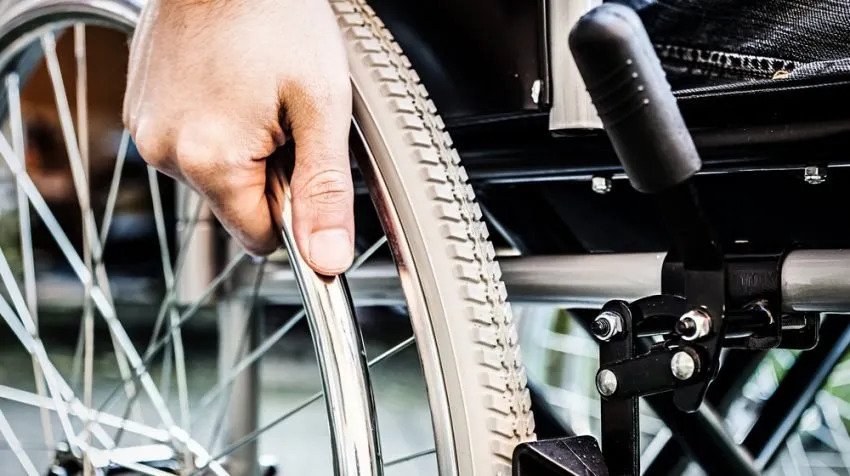
The Americans with Disabilities act (ADA) is designed to ensure equal access and equal rights for people with physical and mental disabilities. Under this law, disabilities are classified as either permanent or temporary.
People suffering from paralysis, muscular dystrophy, multiple sclerosis, hearing loss, blindness, or any other type of permanent disability can sue in court to receive compensation for the loss of wages, emotional distress, medical expenses, and other related damages against businesses or entities not complying with the ADA. That is why it is important to know what the laws of your state are and how you can make sure that your business is ADA compliant by checking some tips below.
1. Make Your Parking Area ADA Compliant
Here are some examples of how you can make your company’s parking area ADA compliant:
- Handicap Space: Determine the best location for your handicap space. This location should have enough room for all types of vehicles. This can also include parking spaces for your disabled employees and customers. This will ensure that they can easily enter and leave your facility with ease.
- Handicap Vehicles: If you have handicapped employees, consider investing in handicap vehicles. These are vehicles that are modified to ensure accessibility. Having one in your business will help ensure that your handicapped employees are properly assisted when going home after work.
- Parking Lot Signs: Installing parking lot signs can greatly help people with disabilities, routing them to where they want to ride a vehicle and preventing accidents. Check https://adacentral.com/ to learn more about the best ADA compliant parking lot signs.
2. Install Mobility Assistive Devices

If you’re thinking about starting a disability-related program, it’s a good idea to start with mobility assistive devices. These are special devices designed to make it easier for a person to move around or walk.
Here are some examples of mobility assistive devices that you can purchase or install to make your business ADA compliant:
- Wheelchair Ramps And Elevators: These are mobility devices that can help promote accessibility to certain areas of the office. They can provide mobility assistance to people who need them in order to go from one location to another. For example, most businesses have a limited space available in their workplace. If a worker has trouble moving from one workstation to another, a ramp or elevator may be a good option.
- Wheelchair: A wheelchair is the most common type of mobility device. Wheelchairs come in many different styles and designs. Some of the most popular wheelchairs are the adjustable wheelchair, power chair, or electric wheelchair. They come with different degrees of height, arm support, and the ability to recline in various positions.
- Chair Lift: Another common mobility device used in workplaces is a chair lift. Wheelchair lifts are especially useful when a disabled employee requires transportation to a medical facility or a doctor’s office. They’re also very handy when disabled employees need to move around with ease from one floor to another.
3. Make Your Website And Business Software ADA Compliant

Digital technology can be used to make data available to all types of users, including people with disabilities. For instance, on-screen readers, voice-activated serves, and other digital assistive devices can be configured into your website or business software to make your more data accessible to your disabled employees and customers.
4. Create A Safety Policy
It’s vital that they have a safety policy in place, which ensures the safety of their disabled employees and customers. Here are some great policies to consider:
- Creating health and safety protocols with disabled people in mind, such as serving disabled clients first and avoiding slips and falls in the workplace or business establishment by installing anti-slip mats
- Employee training for new hires before handling customers with disabilities
- Familiarization on how to use mobility devices to better assist disabled customers
5. Consider A Disability Insurance

There are numerous benefits of having a disability insurance policy. Make sure that the policy fits into your existing policies and requirements. You’ll also need to consider your customers’ needs and also the potential risks associated with hiring an employee with a disability.
Disability insurance provides peace of mind in the event of any accidents within the workplace which can cause temporary or permanent disability. It’ll also provide protection if an employee is injured while working within your business premises.
Conclusion
Make your business ADA complaint by installing parking lot signs and mobility devices in your establishment. It’s also advisable to develop a health and safety policy, considering the safety of disabled people visiting your business. Also, having a disability insurance in place can help you protect your employees, customers, and your business if accident arises.




